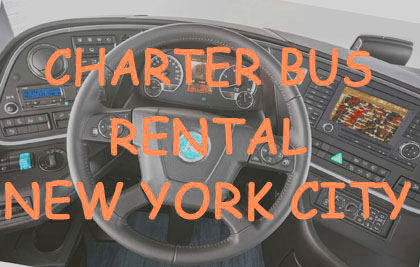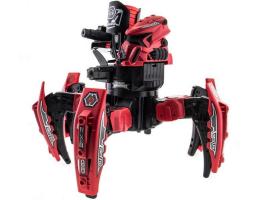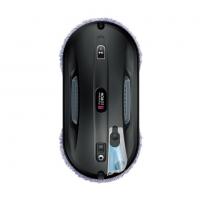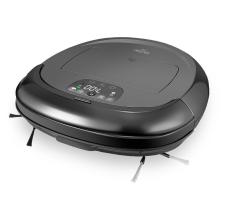A field of 126 teams in a Virtual Robotics Challenge (VRC) was eventually narrowed down to nine — after proving they could withstand disaster scenarios.
The semifinalists will next head to the DARPA (The Defense Advanced Research Projects Agency) Robotics Challenge (DRC) trials in December – where they will work with actual robots.
The 126 competitors were reduced to 26, before competing in the contest between June 17 and 21. During the event, the teams used a cloud-based simulator developed by the Open Source Robotics Foundation.
"The simulator allowed teams to send commands and receive data over the Internet to and from a simulated Atlas robot—information very similar to what would be sent between a physical robot and its operator in the real world," DARPA said.
The VRC judges the teams on software which is used to operate robots in mock man-made or natural disasters. In the virtual challenge, the teams had to perform three of the eight challenges found in the December trials event. The robot had to make it into a utility vehicle and drive it on a course; the course is muddy, uneven and has rubble; the robot also had to lift a fire hose, connect it to a spigot, and turn a valve, news reports said.
“The disaster response scenario is technically very challenging,” Russ Tedrake, an MIT professor, said in a university statement. “It requires the robot and human operator to simultaneously perceive and gain an understanding for a complex, new environment, and then use that information to perform difficult manipulation tasks and traverse complex terrains.”
DARPA wants to see more capable robots which can help out human crews during disasters.
Each of the winning seven teams each received cash awards and an Atlas robot. The VRC was going to be limited to a half-dozen winners, but NASA's Jet Propulsion Lab team was gracious and let nine teams head to the December event.
"Jet Propulsion Laboratory, which also has a DARPA-funded Track A effort with its own robot, decided to merge its two efforts and offer the bulk of the resources it earned in the VRC to other teams," DARPA explained in a statement carried in a news report.
The Jet Propulsion Lab donated the Atlas robot and some of its prize money to the Lockheed Martin Trooper team. Team K and Case Western will be employing a robot donated by Hong Kong University.
The robotics contest will end in a final challenge in Dec. 2014.
The winning teams were happy with the results.
“We are thrilled to have made it this far,” MIT team leader Seth Teller said in the statement. “Our team hit the ground running, building on the infrastructure that we developed for the DARPA Urban Driving Challenge back in 2007, which involved developing a self-driving car that could traverse city traffic.”
In the future, DARPA wants to see a global robotics challenge, involving Europe, Japan and maybe some other nations.
The winners so far include:
- Team IHMC, Institute for Human and Machine Cognition, Pensacola, Fla. (52 points)
- WPI Robotics Engineering C Squad (WRECS), Worcester Polytechnic Institute, Worcester, Mass. (39 points)
- MIT, Massachusetts Institute of Technology, Cambridge, Mass. (34 points)
- Team TRACLabs, TRACLabs, Inc., Webster, Texas (30 points)
- JPL / UCSB / Caltech, Jet Propulsion Laboratory, Pasadena, Calif. (29 points)
- TORC, TORC / TU Darmstadt / Virginia Tech, Blacksburg, Va. (27 points)
- Team K, Japan (25 points)
- TROOPER, Lockheed Martin, Cherry Hill, N.J. (24 points)
- Case Western University, Cleveland, Ohio (23 points)
The DRC is sponsored by the U.S. Department of Defense.





